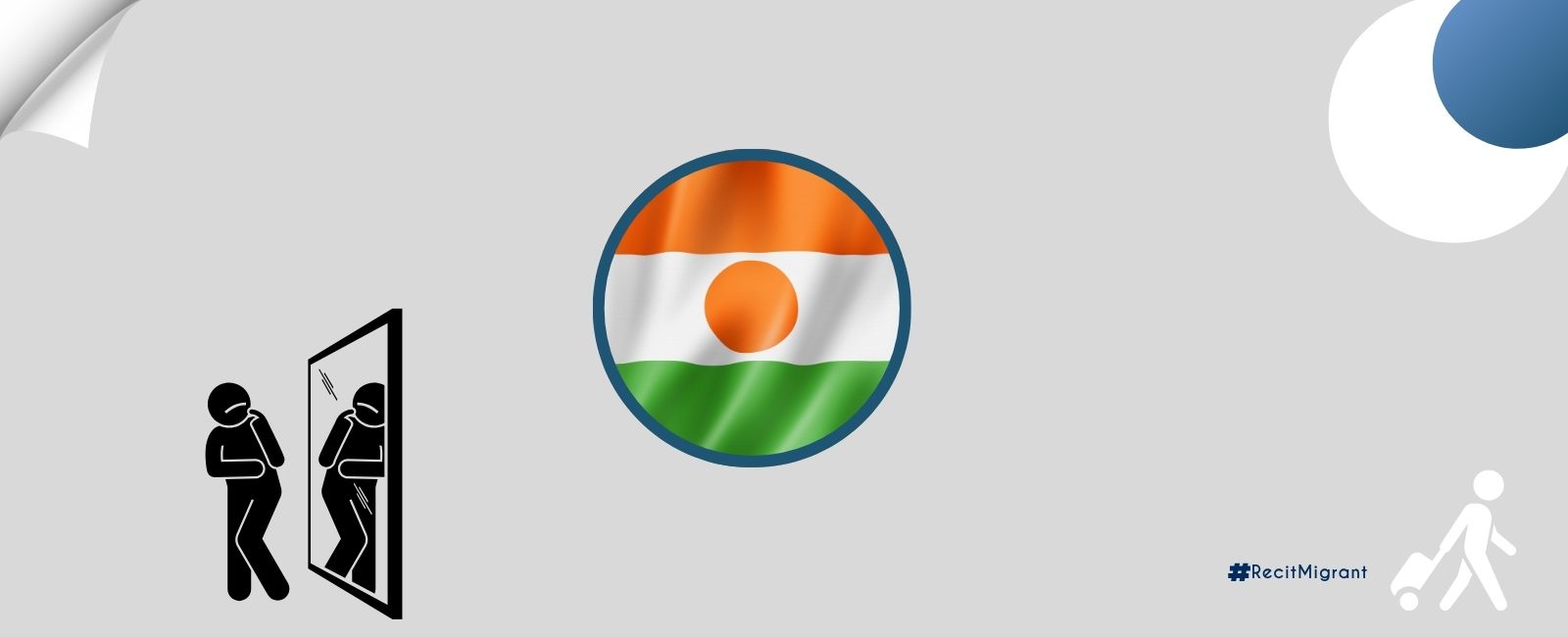

Agadez retains the silhouette of an unfulfilled vision: dunes, ochre streets and traditional craftsmanship which could have fostered a thriving local economy. Tourist revenue remained low and inconsistent between 1995 and 2019. This reflects not only a lack of visitors, but also the real impact of recurring insecurity, which has hindered investment, employment and community initiatives. The absence of tourist attractions has led to businesses closing, artisans losing market opportunities and young people having limited prospects for formal employment. The absence of tourism meant that a structured response to Niger’s climatic and economic challenges was also absent. In the face of transformed security threats, including past rebellions, cross-border risks and terrorist threats, we must address the question of how to reconcile the protection of populations with the revival of a sector capable of restoring value to Saharan heritage and offering sustainable alternatives to local communities.
The potential contributions of tourism and the repercussions of insecurity
The potential is clear. Agadez possesses rare assets: Saharan architecture, cultural festivals, Tuareg craftsmanship, desert tracks for safaris, and archaeological sites. These could support the hotel industry, local guide services, restaurants, and transport services, as well as providing opportunities for small rural businesses. In a context where the national economy is vulnerable to climate shocks and commodity price fluctuations, tourism would be a valuable avenue for diversification. However, tourist revenues have remained marginal, reflecting a loss of attractiveness caused by instability. The first direct consequence of insecurity is the disruption to travel routes. International operators withdraw their offers, insurance premiums rise, and travel agencies advise against certain routes. Independent travellers become rare. Investment in tourism infrastructure stalls. Hotels and guesthouses either reduce their operations or close entirely. Microenterprises that once depended on tourist traffic see their income collapse. It’s a vicious cycle: fewer visitors lead to lower revenues, less site maintenance, and further degradation of the tourism sector. The social impact is also significant. Tourism has the potential to create employment opportunities for young people and women in regions where economic and financial prospects are limited. Without a stable tourism sector, pressure is put on local resources and informal survival economies are fostered. The loss of these opportunities can lead to economic exclusion and, in some cases, exacerbate social tensions by fuelling feelings of abandonment.
Historical continuum and new threats
A comparative analysis of the period from 1995 to 2019 and the current security situation reveals both continuities and ruptures. The rebellions of the 1990s resulted in a significant decrease in tourism revenue, establishing a pattern whereby tourist numbers recover slowly following peace agreements, only to decline again when violence resumes. Today, however, the threat has evolved. Cross-border risks, terrorism and organised crime have changed how travellers and foreign partners perceive safety. Travel advisories issued by countries of origin significantly impact the decisions of potential visitors. For tourism to recover, security must cease to be a structural obstacle. Local and national authorities can play several roles: They can secure key roadways, strengthen training programmes for certified guides, encourage public–private partnerships to renovate accommodation, and promote targeted marketing campaigns in markets that are less sensitive to risk. Leveraging multilateral support to finance projects that enhance the sector’s sustainability and appeal — such as heritage site protection and community-based tourism circuits — would boost its credibility. However, to ensure a resilient and inclusive revival of tourism in Niger, these measures require coherence between security, economic development and local governance.
Restoring visitors’ confidence
Visitors’ confidence can only be restored through visible signs of progress. Stable cultural events, transparent communication about security improvements, and quality certifications can help reverse negative trends. Engaging more with regional travellers and diasporas can diversify source markets and reduce sensitivity to international travel warnings, thereby stabilising visitor numbers. At the same time, developing tourism products that are rooted in ecological sustainability and community participation would increase local added value and limit revenue leakage. The trajectory observed between 1995 and 2019, together with the current situation, reveals a clear truth: without lasting stability, Niger’s tourism resources will continue to be underutilised. The challenge lies not only in restoring visitor numbers, but also in transforming tourism into a driver of inclusive development. This will require coordinated public policies, targeted investments, and active community involvement. The potential exists. Whether this potential is realised depends on Niger’s ability to integrate security into an economic vision that values its heritage, rather than overlooking it.


